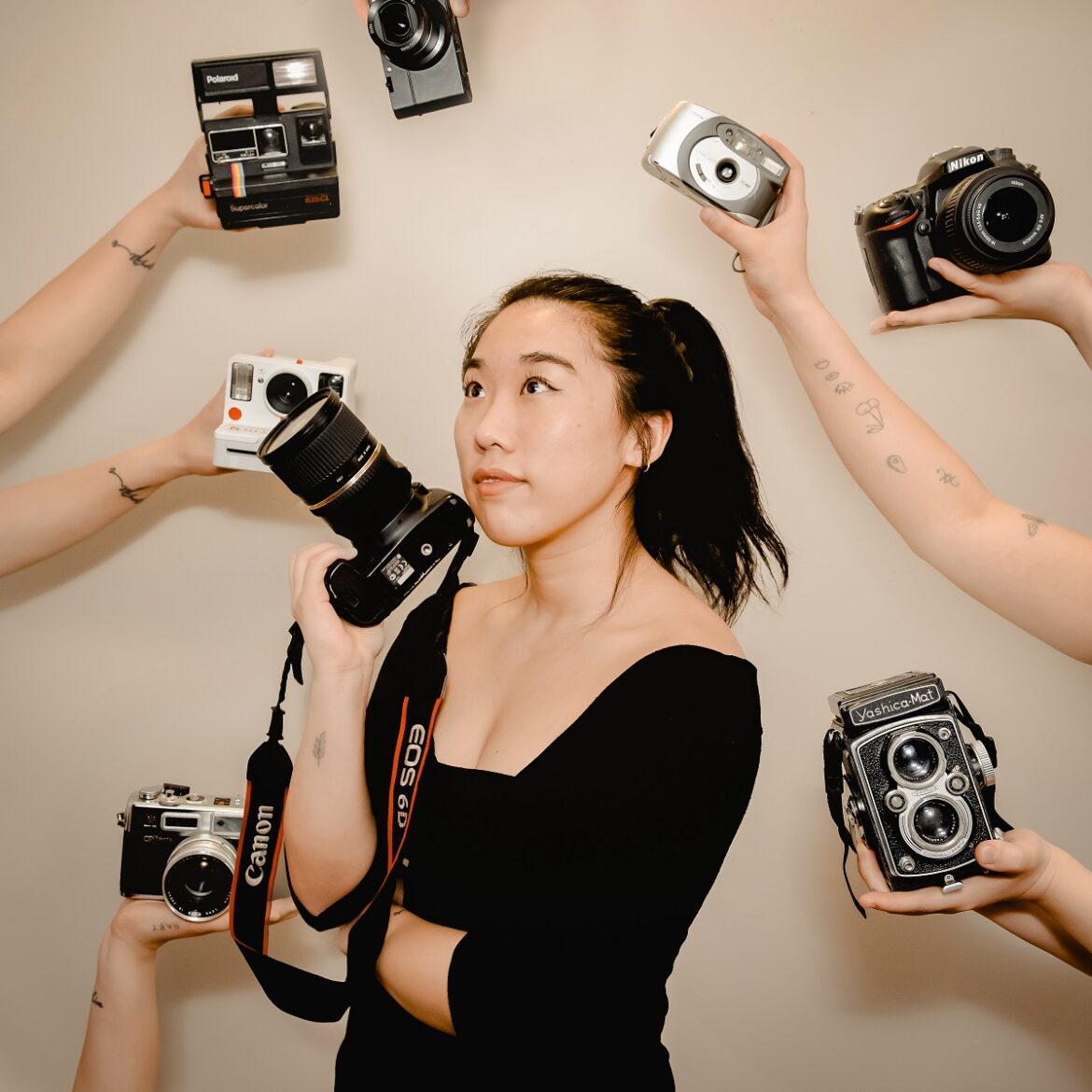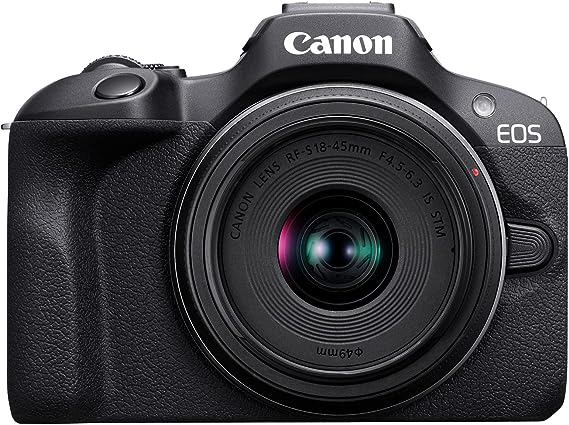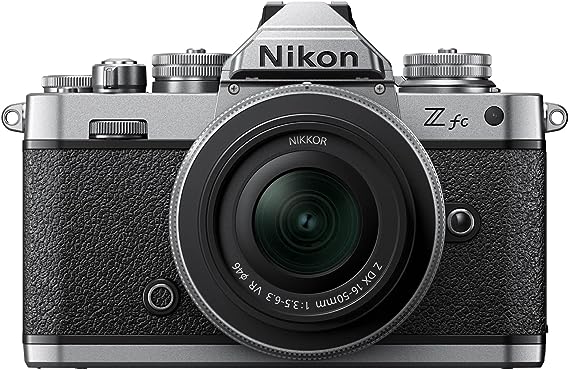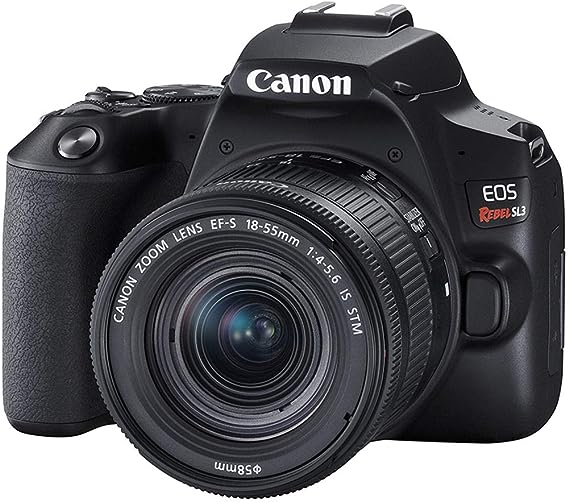From DSLR to mirrorless, compact, bridge, action, medium format, instant, film, and 360 cameras, choosing the right camera type for beginner photographers can be a hard nut to crack. The camera is to a photographer what a sword is to a warrior, so you need not gamble with your choice. Particularly for newcomers, the right camera can wield a transformative influence on image quality and overall photographic delight.
Beyond being a mere tool, it evolves into an avenue for expressing your vision and ingenuity. This comprehensive will help aspiring photographers select their first camera. By the conclusion of this blog, you’ll be poised to capture captivating photographs that mirror your distinctive outlook and artistic aspirations.

Factors to Consider Before Buying a Camera As a Beginner
Before buying the camera, here are several critical factors to consider.
1. Budget
George Washington once said, “We must consult our means rather than our wishes.” We all dream of a Canon EOS R5 II, Nikon Z8, or Sony a7R V, but working with a realistic budget for a start is essential.
While photography is a fulfilling pursuit, it’s essential to strike a balance between your aspirations and financial reality. Determining your budget allows you to narrow down your beginner camera options.
It’s also worth noting that the most expensive camera isn’t always the best choice for beginners. Instead, focus on allocating your resources thoughtfully, considering not only the camera body but also essential accessories such as lenses, memory cards, and a sturdy tripod.
Remember, a well-balanced budget ensures that you invest wisely in equipment while leaving room for honing your skills and exploring new horizons in photography.
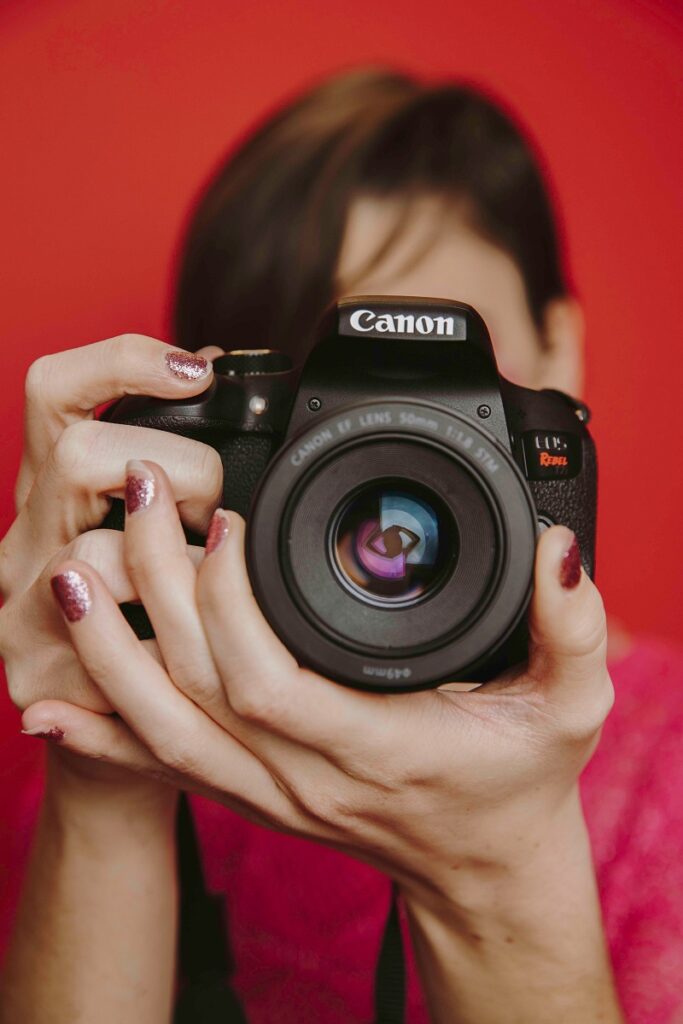
2. Goals and Interests
What are your unique photography goals and interests? Answering this question is crucial in selecting a great camera for a beginner.
Are you drawn to the captivating world of landscape photography? There, a wide field of view and exceptional detail is essential. Or perhaps you’re more intrigued by the art of portraiture. The ability to capture nuanced expressions and create a shallow depth of field is paramount. Or, if you’re an adventurer at heart, seeking to freeze action-packed moments or explore wildlife photography, a camera with fast autofocus and burst shooting capabilities might be your ideal choice.
Take the time to reflect on the subjects and styles that resonate with you the most. This introspection will guide you towards a camera that complements your passions. And then, you will be on a path to capture images that speak to your artistic vision.
- Photography Genres. Determine which photography genres intrigue you the most, whether landscape, portrait, wildlife, macro, street, fashion, or architecture. Understanding your preferred genre will guide your camera choice to suit specific requirements.
- Level of Commitment. Assess whether photography is a casual hobby or a potential career path. Your commitment level will influence the type of camera and accessories you invest in.
- Video Capabilities. If you’re interested in videography or vlogging, look for cameras with strong video features, including high-resolution recording, microphone inputs, and stabilization.
3. Camera Ergonomics and User-friendly Features
Camera ergonomics and user-friendly features are pivotal in shaping your photography experience. As a beginner, your camera’s comfort and intuitive design can significantly impact your ability to focus on composition, settings, and capturing the perfect shot.
Ergonomics entails factors such as grip, button placement, and overall handling. These features ensure that your camera becomes an extension of your creative vision. When your camera feels like an effortless tool in your hands, you can seamlessly translate your ideas into imagery.
Moreover, user-friendly features, such as easily accessible controls, a user-friendly menu system, and helpful on-screen guides, empower you to navigate the camera’s functions confidently. Choosing a camera with thoughtful ergonomics and user-friendly attributes sets the stage for a smoother learning curve and a more enjoyable photographic journey.
Types of Beginner Cameras
Understanding camera types is a crucial foundation for beginner photographers. Each type of camera is ideal for different genres and experience levels, producing varying qualities.
Although there are over 10 types of cameras, we will look at the most common camera types for beginners. These are:
- DSLR Cameras
- Mirrorless Cameras
- Compact Digital Cameras
- Smartphone Cameras
1. DSLR Cameras

A digital single-lens reflex camera uses a mirror to redirect light from the image sensors. The camera produces digital interchangeable lenses to create high-quality images. This feature makes this type of camera ideal for amateur and professional photographers.
Pros and Cons of DSLR
| Pros: | Cons |
| Wide Range of Lens Options: DSLRs use interchangeable lenses, allowing photographers to choose the best optics for various shooting scenarios. | Limited Video Capabilities: Modern DSLRs offer video recording, but they often have more limited video features than dedicated video-oriented cameras. |
| Optical Viewfinder: DSLRs feature an optical viewfinder that provides a direct optical path to the scene, enabling real-time composition and accurate framing. | Learning Curve for Beginners: DSLRs may have a steeper learning curve for newcomers, requiring time to understand the manual controls and settings. |
| Excellent Image Quality: DSLRs are renowned for producing high-quality images with exceptional clarity, color accuracy, and dynamic range. | Limited Video Capabilities: While modern DSLRs offer video recording, they often have more limited video features compared to dedicated video-oriented cameras. |
| Low-Light Performance: Larger sensors in DSLRs contribute to impressive low-light performance and reduced noise in challenging lighting conditions. |
2. Mirrorless Cameras

As the name suggests, these cameras have no mirror to flip up when you press the shutter. Because of this functionality, mirrorless cameras are ideal for fast-moving actions, real-time photography, and noiseless capture. If you are a beginner wildlife photographer, this is a suitable camera.
Pros and Cons of Mirrorless Camera
| Pros: | Cons: |
| Compact and lightweight design | Smaller battery life compared to DSLRs |
| Electronic viewfinder and live preview on LCD | Potentially limited lens selection |
| High-quality images and video | Higher cost for advanced models |
3. Digital Cameras

With a digital camera, you capture the images electronically and store the data in a memory card, eliminating the need for films. It is ideal for casual and real-time photo uploading and editing. Besides, digital cameras allow you to preview and manipulate your photos instantly.
Pros and Cons of Compact Digital Cameras
| Pros: | Cons: |
| Extremely portable and easy to use | Limited manual control options |
| Ideal for casual and everyday photography | Smaller sensors may affect image quality |
| Often equipped with auto modes and scene presets |
4. Smartphone Cameras

The number of smartphones is almost equal to the number of people globally. While a decent percentage of the global population owns smartphones, most don’t know they can use their gadgets as a stepping stone for professional photography.
Pros and Cons of Smartphone Cameras
| Pros: | Cons: |
| Always available and convenient | Limited manual control and settings |
| Integrates with various apps for editing and sharing | Smaller sensor size affects low-light performance |
| Advances in computational photography | Fixed lens and limited optical zoom |
Top Models of Cameras for Beginner Photographers
- Canon EOS R100: Highlighted as the best camera for beginners, it offers advanced autofocus technology, guided menus, 24MP APS-C image quality, 4K video, and compatibility with cutting-edge RF-mount lenses.
- Olympus OM-D E-M10 Mark IV: Noted as the best camera for features, it features a 20MP sensor, in-body image stabilization, guided shooting menus, and a 180°-tiltable LCD touchscreen. It is compact and lightweight, making it suitable for beginners.
- Nikon Z fc: Described as the best camera for style, this retro-styled mirrorless camera offers a blend of aesthetics and features. It has an APS-C sensor, 20.9MP resolution, and an impressive retro-inspired design.
- Canon EOS Rebel SL3 / EOS 250D: Recognized as the best DSLR camera for beginners, it boasts Canon’s 24.1MP APS-C sensor, Live View shooting with a fully-articulating touchscreen display, and Dual Pixel CMOS AF autofocus.
- Ricoh GR IIIx: Highlighted as the best compact camera for beginners, it features a large APS-C sensor and a 40mm equivalent focal length lens, making it ideal for various subjects.
Exploring Essential Features
Understanding and utilizing essential camera features can significantly enhance your shooting experience. Features empower you to create more captivating and technically proficient images. This section explores key aspects that can make a substantial difference in your photography journey.
Auto Mode vs. Manual Mode: Finding the Right Balance
Finding the balance between automatic and manual modes is crucial for beginners. Auto mode simplifies the process by letting the camera make decisions, while manual mode gives you complete control over settings like aperture, shutter speed, and ISO. Mastering manual mode takes time but opens up creative possibilities and a deeper understanding of photography principles.
Image Stabilization and Its Importance in Reducing Camera Shake
Camera shake can lead to blurry images, especially in low-light conditions or when using longer focal lengths. Image stabilization technology compensates for small movements, producing sharper results. Whether through in-body stabilization or lens stabilization. This feature can be a game-changer, allowing you to shoot at slower shutter speeds without sacrificing image quality.
Burst Mode and Its Usefulness in Capturing Action Shots
Burst mode, also known as continuous shooting, enables your camera to capture a rapid sequence of images with a single shutter button press. This feature is invaluable for photographing fast-moving subjects or fleeting moments, such as sports events or wildlife. It increases the likelihood of getting the perfect shot in dynamic situations.
Built-in Wi-Fi and Connectivity Options for Seamless Sharing
The ability to instantly share your photos is a significant advantage. Cameras equipped with built-in Wi-Fi or other connectivity options allow you to transfer images directly to your smartphone or computer.
This feature facilitates quick sharing on social media platforms and cloud storage services, ensuring your art reaches a wider audience with ease.
Ready to Select the Right Camera as a Beginner?
Selecting the perfect camera for beginner photographers marks the beginning of a captivating journey into visual storytelling. As you embark on this adventure, remember that your camera is not merely a tool but a way to express your unique perspective and creative vision.
By considering factors such as budget, photography goals, camera features, and post-processing skills, you can make an informed decision that aligns with your aspirations.
